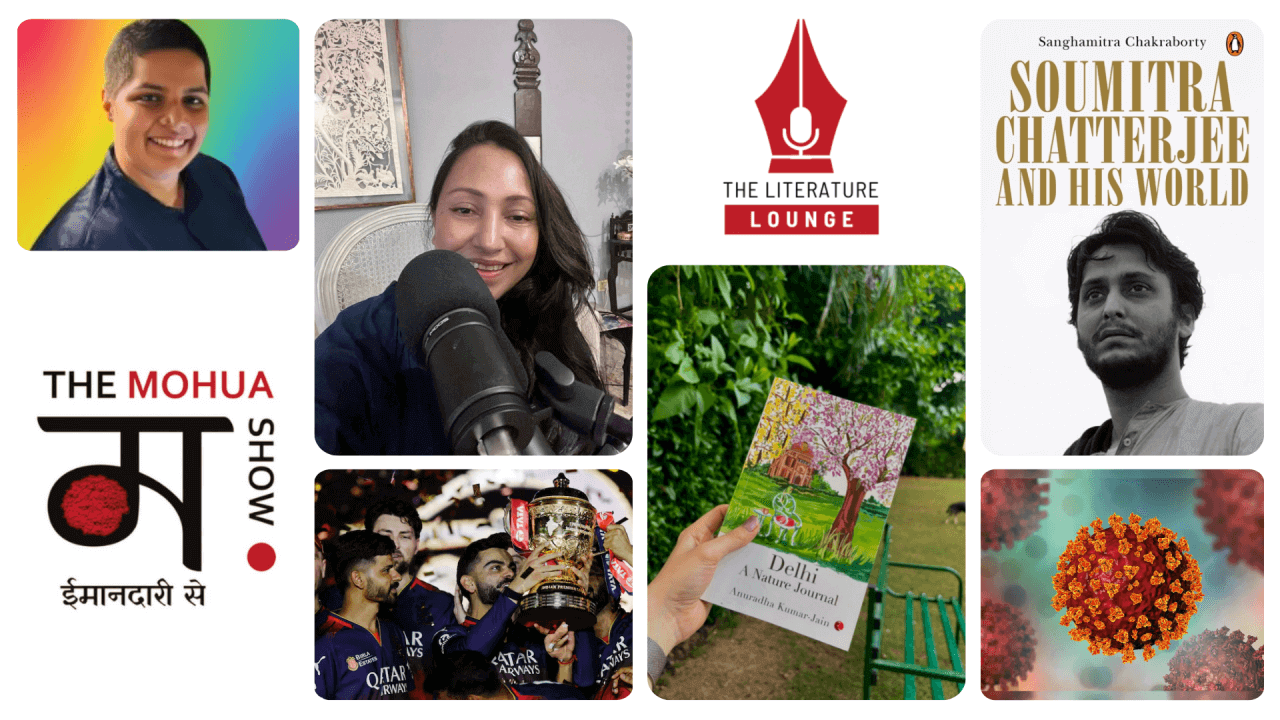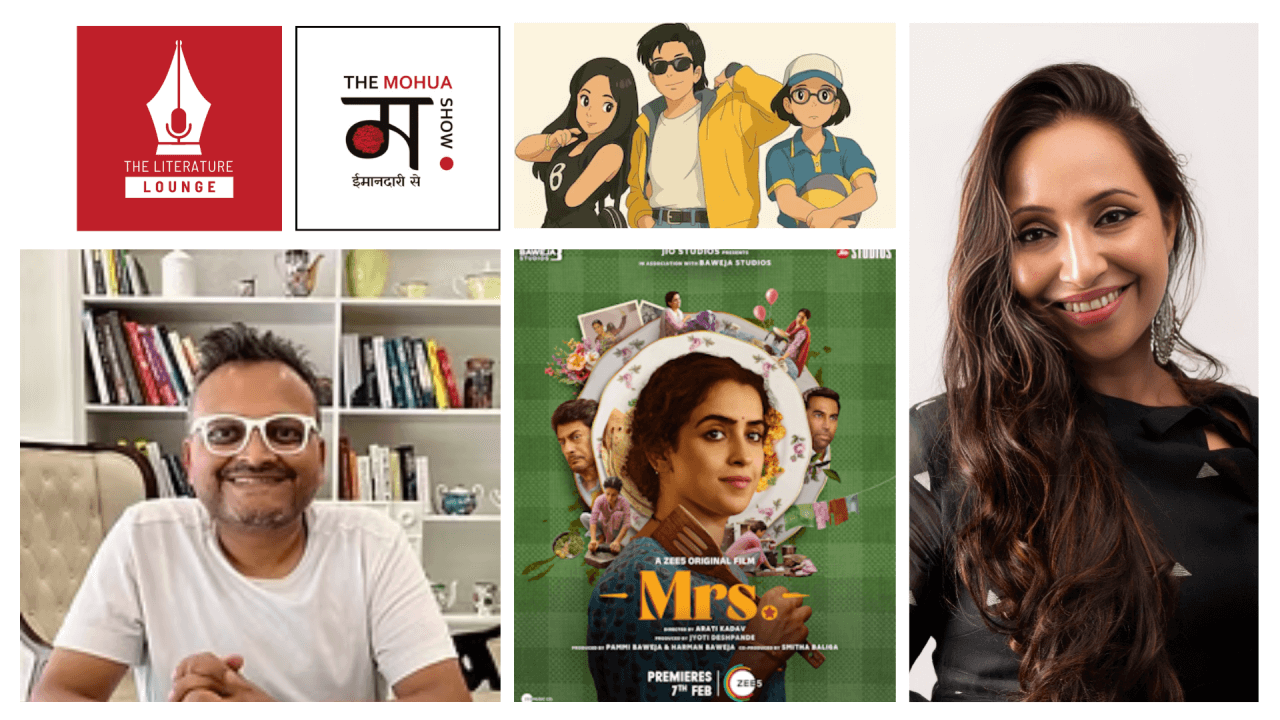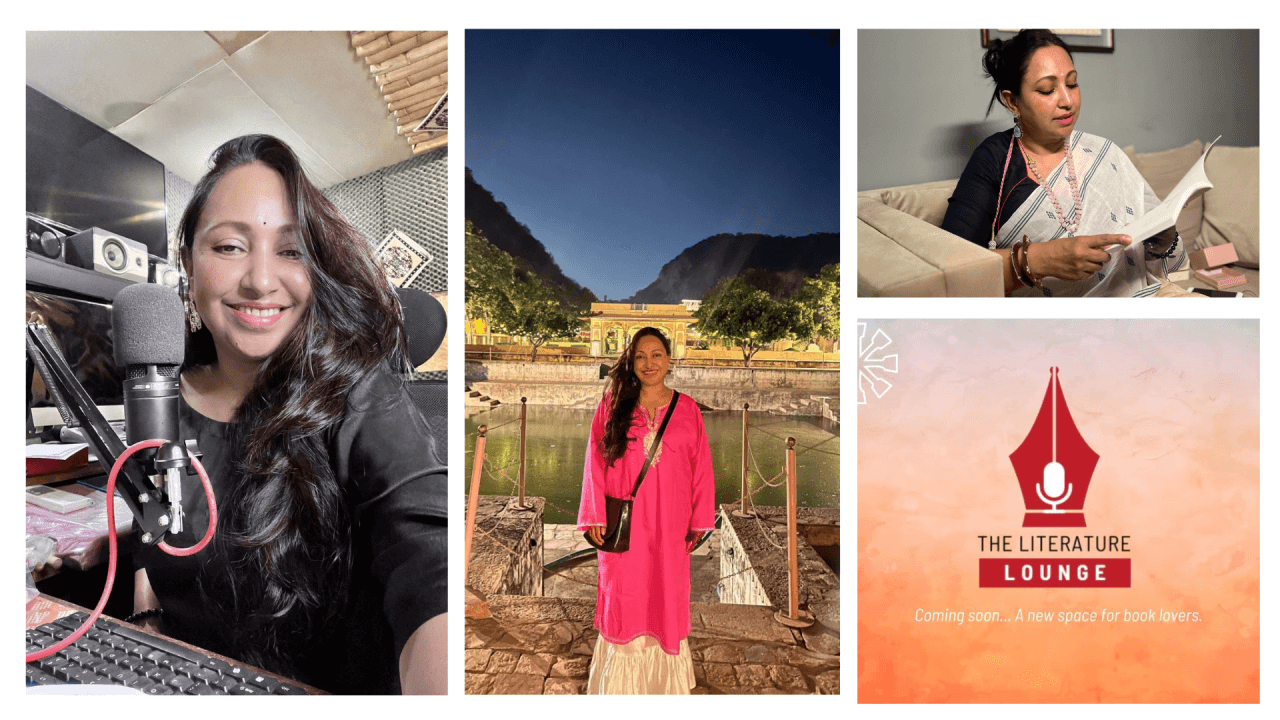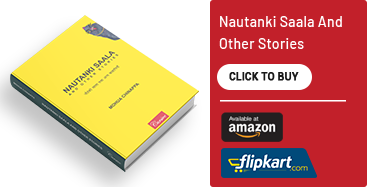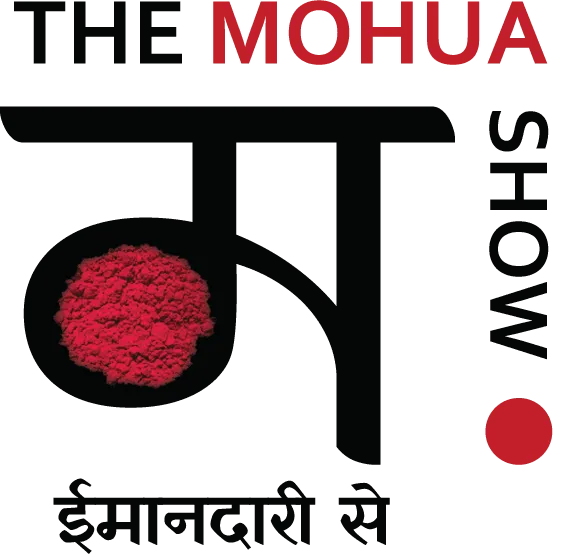Vermillion on my parting and on my saree border
The festive celebrations among Bengalis are complete with the alpona popularly known as Rangoli. Our homes are decorated with the fine designs made out of rice powder paste and water. The traditional homes had the red oxidised floor and the rice paste alpona drawn on it was considered an auspicious sight. You tiptoed your way into the doorway just in case your feet brushes away the dried designs.
Festivity meant the bell metal plates and glasses, jugs, pots and the terracotta or the bell metal incense holder burning with the invigorating smell that permeates into your system and all around you. The sound of the conch blowing and the womenfolk in the traditional Bengal weaves billow and scrurry around the house calling out to the youngsters to not step on the alpona. Lest they have to restart the process again. Invariably some young cousin would step over it and claim ignorance of this crime.
My favourite is the Bengal Sarees of various kinds. I find my roots again propelling me towards the finer subtle weaves of Bengal. This time after a lot of searching and asking friends for the perfect combination of the red, white and black saree. I spoke to my old friend Sonali Sen who runs a brand called Choruyi in Calcutta for this saree.
She understood that I was missing home and said don’t worry will pack it up for you and send it across. The packet arrived much before it’s scheduled day of arrival and like my usual tearing hurry and impatience I tore open the packet and found the delicate absolute piece of perfection created by the weavers in this special weave called the Dhonekhali. This weave is a jacquard weaving technique that is followed by the weavers of Dhonekhali.
It was a dying art form until the recent resurgence of young fashion students who are taking this forward with a range of elegant designs.
My Dhonekhali has geometrical small flowers running throughout the saree. I was taught long back to recognize the Dhonekhali with its vertical running woven braided line near the palla of the saree.
The saree is just perfect in its softness of fabric that has been starched exactly to a minimal level that makes it easy to drape.
I wore my Dhonekhali Tant Saree and it was an ode to the past, present and the existing situation of life. Where I am searching for the braided line of life where the unhindered is tamed together like the braid of a woman. You tie your hair in a braid to allow it to rest easy on your back. This saree also embodies the braiding to recognize it from the other tant weaves.
Searing into the past is never an easy thing to do and the greatest accomplishment is to allow yourself to recognize that those experiences were the process of your self realisations.
The red and white combination is like the nest you are cocooned into. Times can change and you embody many more colours in your wardrobe and life. But the foundation remains entrenched into your being. The terracotta Incense holder, the conch, the bell metal utensils and the red and white saree of Bengal are all part of this drama called life.

